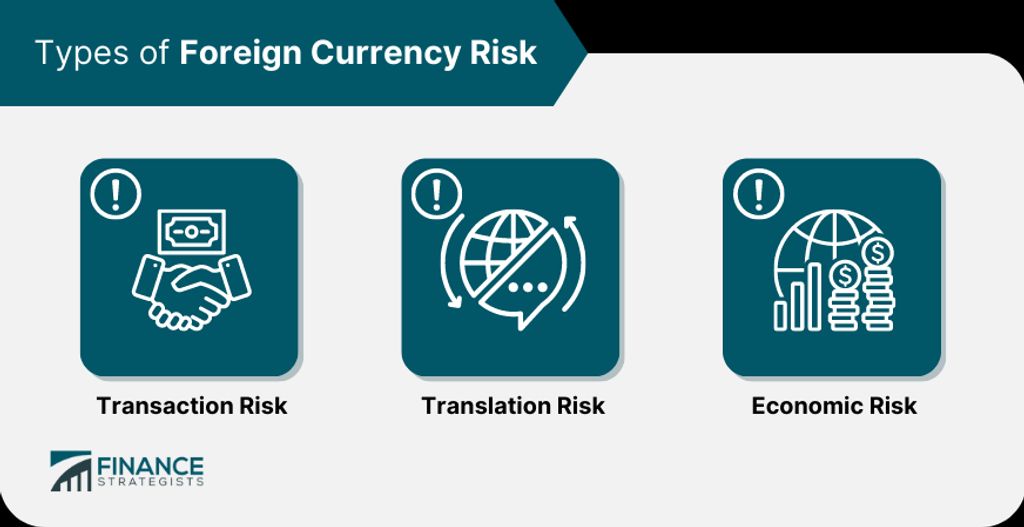Transaction risk is a critical concern for both payment gateways and merchants. High-risk payment gateways and merchants can significantly impact the security and stability of transactions. In this article, we will explore the various aspects of transaction risk and discuss strategies to mitigate it. From identifying high-risk payment gateways to evaluating high-risk merchants, we will delve into the key factors that contribute to transaction risk. Additionally, we will explore the importance of implementing robust fraud detection systems and establishing risk management policies to minimize transaction risk. By understanding and addressing transaction risk, payment gateways and merchants can ensure secure and reliable transactions for their customers.
Key Takeaways
- Identify high-risk payment gateways by assessing their security measures and transaction history.
- Evaluate high-risk merchants based on factors such as industry reputation, chargeback rates, and transaction volume.
- Implement robust fraud detection systems to detect and prevent fraudulent transactions.
- Establish risk management policies to effectively manage and mitigate transaction risk.
- Regularly monitor and update security measures and risk management strategies to stay ahead of evolving threats.
Understanding Transaction Risk

Identifying High-Risk Payment Gateways
When it comes to identifying high-risk payment gateways, our team takes a meticulous approach. We analyze various factors, including transaction volume, chargeback rates, and industry reputation. By closely examining these indicators, we can identify payment gateways that may pose a higher risk to our business. Our goal is to ensure that we partner with reliable and secure payment gateways that prioritize the safety of our transactions.
Evaluating High-Risk Merchants
When evaluating high-risk merchants, it is crucial for us to conduct a thorough investor assessment. This assessment allows us to analyze the potential risks associated with partnering with these merchants and make informed decisions. We consider various factors, such as the merchant’s financial stability, industry reputation, and compliance with regulations. By conducting a comprehensive investor assessment, we can minimize the transaction risk and protect our business interests.
Mitigating Transaction Risk

Implementing Robust Fraud Detection Systems
Implementing robust fraud detection systems is crucial for minimizing transaction risk. By utilizing advanced technologies and machine learning algorithms, we can effectively identify and prevent fraudulent activities. These systems analyze various data points, such as customer behavior, transaction patterns, and device fingerprints, to detect suspicious transactions.
To ensure accurate and efficient fraud detection, it is essential to continuously update and enhance the system’s algorithms and rules. Regularly monitoring and analyzing the system’s performance allows us to identify any potential vulnerabilities or areas for improvement.
In addition to technological solutions, establishing strong internal processes and controls is also vital. This includes conducting thorough background checks on merchants, implementing strict authentication procedures, and regularly training employees on fraud prevention techniques.
By implementing robust fraud detection systems, we can significantly reduce the risk of fraudulent transactions and protect both our customers and our business.
Establishing Risk Management Policies
When it comes to establishing risk management policies, we take a comprehensive approach to ensure the security and stability of our payment gateway. Our goal is to minimize transaction risk and protect both our merchants and customers. To achieve this, we follow a set of guidelines and best practices that have proven effective in mitigating potential threats.
Conclusion
In conclusion, understanding and mitigating transaction risk is crucial for businesses operating in the digital payment ecosystem. By identifying high-risk payment gateways and evaluating high-risk merchants, organizations can minimize the potential for financial losses and reputational damage. Additionally, implementing robust fraud detection systems and establishing risk management policies are essential in protecting against fraudulent activities. It is imperative for businesses to prioritize transaction risk management to ensure secure and reliable payment processes. By doing so, they can safeguard their financial interests and maintain the trust of their customers.
Frequently Asked Questions
What is transaction risk?
Transaction risk refers to the potential for financial loss or fraud that can occur during a payment transaction.
How can high-risk payment gateways be identified?
High-risk payment gateways can be identified based on factors such as their history of fraudulent activity, lack of security measures, or association with high-risk industries.
What are the consequences of using high-risk payment gateways?
Using high-risk payment gateways can lead to increased chargebacks, financial losses, damage to reputation, and potential legal issues.
How can high-risk merchants be evaluated?
High-risk merchants can be evaluated based on factors such as their industry type, business model, credit history, customer complaints, and risk mitigation strategies.
What are fraud detection systems?
Fraud detection systems are software tools that analyze transaction data to identify suspicious patterns or behaviors that indicate potential fraud.
Why is it important to establish risk management policies?
Establishing risk management policies helps organizations proactively identify, assess, and mitigate transaction risks, protecting the business and its customers from financial losses and fraud.








